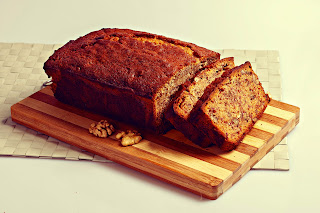Christmas Eve 2016

Go forth and make some awesomeness! Christmas Eve came at last. The day was bright and beautiful, the ground crisp and hard, and the hoary trees shining like diamonds. What a happy day it brought to many, to most. Even in the poorest village a little green fir branch testified that it was Christmas Eve. Christmas Eve has come at last, That joyful day most glad. Christmas Eve has come at last, The Angels sing with joy and praise. Christmas Eve has come at last. People's souls and hearts should be as they were on that most joyous of evenings: full of love and gratitude.








